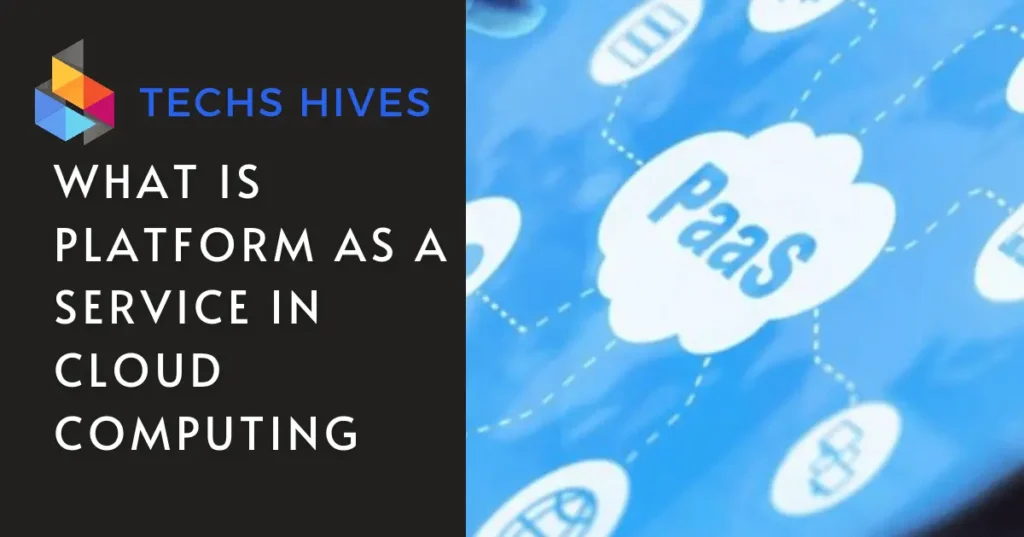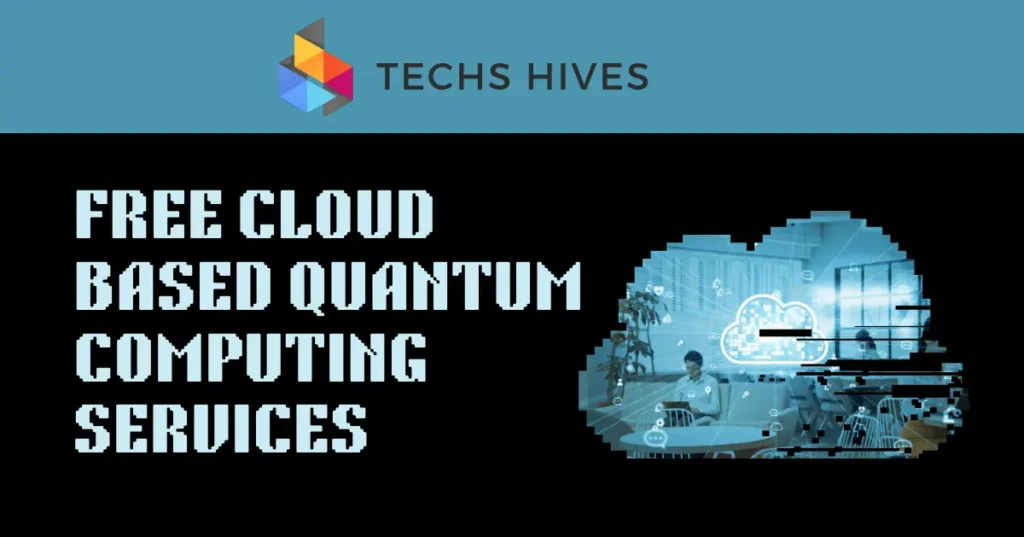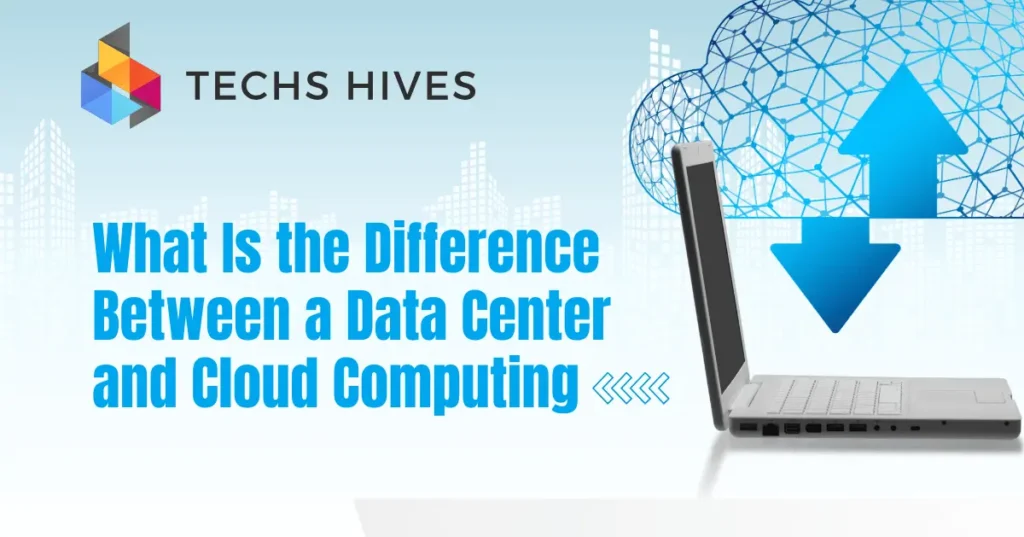Cloud computing means storing and accessing data and software over the internet instead of on a computer’s hard drive. It lets users access files, apps, and services from any device with an internet connection. This technology makes it easy to share resources, reduces the need for physical hardware, and helps businesses operate more flexibly and efficiently.
Platform as a Service (PaaS) is a cloud computing model that provides a ready-made environment for developers. It includes tools and resources like servers, storage, and software, all managed by the cloud provider. With PaaS, developers can focus on creating and deploying applications without worrying about managing infrastructure.
Table of Contents
Features of PaaS
- Development Tools: PaaS provides a complete suite of tools to aid the development process, including coding frameworks, libraries, and templates. These tools are pre-configured, which speeds up coding and helps developers quickly build, test, and deploy applications. The focus on ready-made tools allows teams to skip setup and dive straight into development.
- Database Management: PaaS offers built-in database options like SQL or NoSQL, allowing users to create, read, update, and delete data with ease. These databases are fully managed by the provider, meaning developers don’t need to worry about setup, maintenance, or backups. This feature is especially valuable for apps that require real-time data storage and retrieval.
- Middleware: Middleware acts as a bridge that allows different software components to communicate seamlessly. It includes tools for message queuing, authentication, and API management, which simplifies the integration of various services. With middleware in place, developers can integrate third-party services and applications without needing to write complex connecting code.
- Scalability: PaaS automatically adjusts resources like memory, processing power, and storage to match the current demand. This scalability feature means the application can handle high traffic during peak times without interruption. For businesses, this translates to cost savings, as they only pay for the resources used, with no need for manual adjustments.
- Security: Security is managed by the PaaS provider, who ensures that data is encrypted, access controls are in place, and regular security updates are applied. These security measures are built into the platform, protecting applications from unauthorized access and cyber threats. This allows developers to focus on building their apps, knowing data protection is handled.
- Integrated Development Environment (IDE): Many PaaS platforms include an IDE that’s accessible online, enabling developers to write, test, and debug code directly on the platform. This allows for collaborative work as multiple developers can access and work in the same environment. The IDE’s integration also speeds up the development process by providing real-time feedback and debugging tools within the same workspace.
How PaaS Works
PaaS operates by using virtualization to allocate resources like servers, storage, and networks into virtual instances, making them accessible as needed. This setup allows businesses to scale resources easily based on demand without needing to manage physical hardware. With resource flexibility, developers can focus on creating applications without worrying about underlying infrastructure.
A key part of PaaS is its pre-built development environment, where developers get access to tools, frameworks, and libraries ready for immediate use. This saves time, as they don’t need to set up or configure the environment themselves. The PaaS provider manages the infrastructure, including maintenance, updates, and security patches, ensuring applications run smoothly and reliably.
PaaS also simplifies deployment with Continuous Integration and Deployment (CI/CD) tools. These tools allow teams to automate building, testing, and releasing applications, which helps detect and fix issues faster. This automation supports a faster development lifecycle, making PaaS a strong choice for teams focused on regular updates.
Benefits of PaaS
Cost-Effectiveness
PaaS eliminates the need for investing in physical hardware and infrastructure, as everything is provided by the cloud provider. This reduces upfront costs, allowing businesses to pay only for the resources they use. It also minimizes maintenance expenses, as the provider handles system updates and repairs.
Focus on Development Over Infrastructure
With infrastructure managed by the PaaS provider, developers can concentrate on coding, testing, and deploying applications. They don’t need to worry about setup or maintenance of servers and databases. This allows teams to focus on innovation and speed up development cycles, leading to faster time-to-market.
Faster Time to Market
PaaS offers pre-configured development environments and tools, which enable quicker setup and deployment of applications. Developers can skip lengthy setup processes and start building applications immediately. This benefit is valuable for businesses needing to launch products quickly, helping them stay competitive and meet customer demands faster.
Scalability and Flexibility
PaaS solutions can scale resources up or down based on application needs, ensuring smooth performance during demand spikes. This scalability allows businesses to manage workloads efficiently without worrying about resource limits. The flexibility of PaaS also lets developers experiment and adjust applications easily, making it adaptable for a variety of projects.
Enhanced Collaboration
PaaS platforms often provide tools for collaboration, such as shared workspaces, integrated development environments (IDEs), and real-time communication options. Team members can work together on projects, share updates, and make changes seamlessly, regardless of their location. This boosts productivity and enables faster problem-solving within development teams.
Popular PaaS Providers
Google App Engine
Google App Engine is a PaaS solution by Google Cloud that supports multiple programming languages and offers automatic scaling based on user traffic. It’s ideal for developers looking to build scalable web applications with minimal configuration. Google App Engine provides built-in security, integration with other Google services, and support for popular programming languages like Python, Java, and Node.js.
Microsoft Azure App Services
Microsoft Azure’s App Services is a PaaS platform designed for building, deploying, and scaling web applications and APIs. It supports multiple languages, including .NET, Java, and PHP, and integrates with Visual Studio, making it a strong choice for enterprises using Microsoft products. Azure App Services also offers robust security, compliance options, and automated scaling to handle varying workloads.
AWS Elastic Beanstalk
AWS Elastic Beanstalk is a PaaS offering from Amazon Web Services that simplifies application deployment by managing the underlying infrastructure. It supports a wide range of languages and frameworks, including Java, .NET, PHP, and Ruby. Elastic Beanstalk allows developers to focus on application code while AWS handles load balancing, scaling, and monitoring.
Heroku
Heroku is a widely used PaaS platform, especially popular with startups and small businesses for its simplicity and ease of use. Acquired by Salesforce, Heroku supports several programming languages and offers a straightforward environment for deploying and managing applications. It has a strong ecosystem of add-ons, making it easy to enhance app functionality with additional services like databases and monitoring tools.
IBM Cloud Foundry
IBM Cloud Foundry is an open-source PaaS solution hosted on IBM Cloud, designed for developing, testing, and deploying applications. It supports a wide range of languages and frameworks and is known for its enterprise-grade security and compliance capabilities. Cloud Foundry is flexible and integrates easily with IBM Watson and AI services, making it a good option for data-driven applications.
Oracle Cloud Platform
Oracle Cloud Platform is a PaaS solution offering comprehensive tools for building, deploying, and managing applications. It’s especially useful for enterprise applications requiring advanced database capabilities, as Oracle provides robust database management tools. The platform also offers integrated machine learning and analytics features, making it ideal for data-intensive applications.
Challenges and Limitations of PaaS
Vendor Lock-In
One of the biggest challenges with PaaS is vendor lock-in, where switching providers becomes complex and costly. Each PaaS provider has unique tools, languages, and configurations that may not be compatible with other platforms. This lack of flexibility makes it difficult for businesses to transition their applications to a new provider if needed, potentially limiting future options and adaptability.
Security and Compliance Concerns
While PaaS providers handle security, businesses must still ensure compliance with industry-specific regulations, like GDPR or HIPAA. Relying on a provider for data storage and management can raise concerns over data privacy and protection. Additionally, companies may need to conduct thorough assessments of PaaS providers to verify their security measures, which can be time-consuming and may require specialized expertise.
Customization Constraints
PaaS platforms offer pre-configured environments, which can limit customization options. This can be a challenge for businesses that need highly customized infrastructure or specific server configurations. Some PaaS platforms may restrict the choice of programming languages, databases, or tools, limiting the ability to tailor the environment to unique business requirements.
Performance Limitations
PaaS performance can be influenced by the shared infrastructure and resource limitations set by the provider. During periods of high demand, performance may be impacted if resources are not allocated efficiently. Additionally, since businesses don’t control the underlying infrastructure, they may face challenges optimizing performance for specific applications, particularly those requiring high processing power.
Conclusion
Platform as a Service (PaaS) is a valuable solution for businesses needing a flexible, cost-effective way to develop and deploy applications. It provides a ready-made environment with development tools, databases, and infrastructure, all managed by the provider. This lets developers focus on coding and creating, without worrying about managing servers or setting up databases. For businesses, this can mean faster project turnaround times and reduced costs.
However, PaaS comes with challenges, like limited customization and potential vendor lock-in. Businesses must consider these factors before choosing a PaaS provider. Despite these limitations, PaaS remains an efficient option for many companies, especially those aiming to quickly launch applications or scale their projects.



